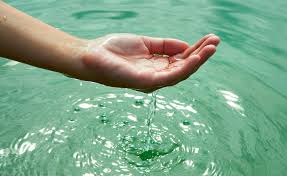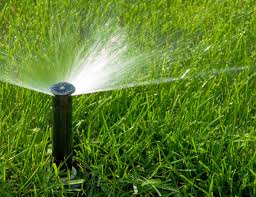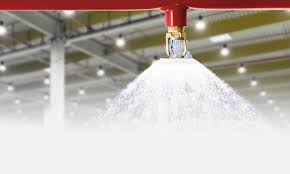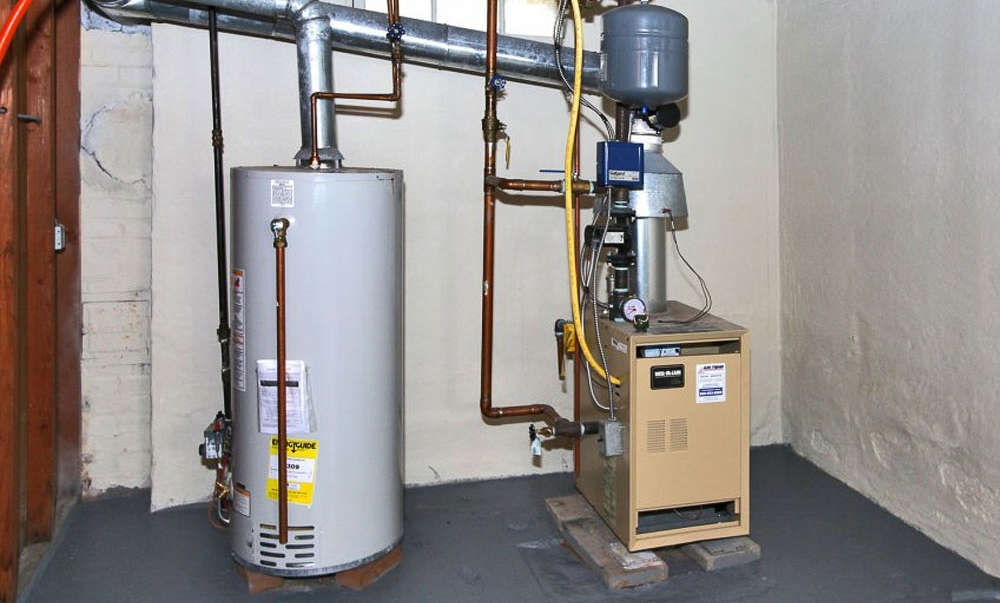General Information About Backflow
On this page, there are various topics regarding backflow prevention and backflow prevention assemblies. This is more of a FAQ's like page and will be updated.

What is backflow?
Backflow is the undesirable reversal of flow of water. It can be caused in one of two ways: backpressure or more commonly by backsiphionage.
Since water wants to come to an equilibrium, it will travel in the path of least resistance to find that equilibrium. This also means that water will travel from a source of higher pressure to an area of lower pressure. Pressure in the distribution lines could happen because of a water main break or even because the firefighters had to open a fire hydrant.
Pressure downstream of the water supply source could overtake the supply pressure by means of pumps, thermal expansion, auxiliary water sources, etc.
Either way, situations can occur where water on a premises can find its way back into the water supply and purveyors do not want that to happen.

Pollutants Vs Contaminants
A pollutant is anything that is non-hazardous but can alter the taste and site of water. Pollutants will not make you sick. Pollutants include but are not limited to rust, dirt, sediment, etc.
Contaminants are hazardous and can cause sickness and/or death. Yard fertilizers and pesticides are the most common contaminants that can find it's way into the water supply if not protected. They are found at homes, business parks, hospitals, schools, etc.
Contaminants can be chemicals, biological, radiological, etc.

Irrigation Systems
Be it residential or commercial, large or small, irrigation systems have the potential to contaminate water water distribution system and are the most common type of system requiring backflow prevention.
Fertilizers and pesticides were just mentioned in the section above. They are not the only substances that can be reintroduced by backflow from the irrigation system if not properly protected. One can also think of animal urine and fecal matter. How about fungi and fungi spores? How about water that has rained on your rooftop and found its way into the yard by gutters and other storm drainage?
Anything that touches a lawn sprinkler head or gets inside a hose becomes a potential hazard. It is absolutely important to have at least a properly functioning pressure vacuum breaker (PVB) protecting your home or building drinking water from all irrigation on the property.

Fire Suppression Systems
Even the most basic fire suppression systems should have at least a double check backflow preventer protecting potable water from that system. If there is anti-freeze, foam or other chemicals added to the system, an RP must be installed for protection.
Regardless of whether chemicals are present, the stagnation of the water inside a fire suppression can get pretty gross; it can smell bad and look even worse. Because the water is at a static state, the growth of bacteria and other growths can take place inside of fire suppression systems.
When testing, it is not uncommon for the water coming from the fire suppression system to come out so dark and discolored it cannot be seen through.
Due to licensing, we test and repair fire assemblies. If an installation or replacement is needed, we do work with the best local fire contractors in town and would be happy to refer them out.

Domestic Water Supplies
It is the domestic potable drinking water that we are trying to protect with backflow prevention, so why do we put backflow prevention assemblies on them too?
As of right now, all commercial and industrial properties are assessed based on hazard risk. While there are guidelines that water purveyors have to follow at the state level, they can implement standards more strict than those setforth by the state. Some water purveyors feel all properties are deemed high risk in their jurisdiction and require backflow assemblies regardless of the actual risk. Others take a more prudent approach by assessing the hazard of each individual property, meaning a backflow prevention assembly may not be required to be installed.
We work with dozens of water purveyors. Some may be municipal water districts, some may be independent water suppliers, some may purchase water from larger water purveyors and redistribute to the customers within their jurisdiction. Virtually none of water districts work exactly the same as the others and they all have their own distinct nuances.
Also, most auxilary water systems branch off the domestic water service. These could be boiler heating systems, chiller systems, evaporative/swamp coolers, irrigation systems, fountains and water features. The list can go on. If any or all of these types of are not adequately protected, the potability (drinkability) of the water is considered compromised and the water purveyor does not want to risk that water being reintroduced to the public water supply.

Boiler Systems
Because of the consistent high heat of heating boiler systems, it can chemically alter the water inside and in turn alter the drinking water system. It probably wouldn't harm you but it could be smelly and dirty. Some municipalities and water purveyor may say that a dual check valve backflow preventer may be sufficient as long as no chemicals are added to the boiler system.
Once any kind of chemical (whether added as a cleaning agent or for antifreeze protection) is introduced to the system, if there is a makeup water supply installed, an RP must be present because of the potential contamination. In some jurisdictions, if there is not a makeup water supply installed, the water authority may require one to be put in with an RP. This is to prevent the system from being filled and supplied by an unprotected hose bib or boiler drain.
They (the water purveyor) will want to make sure that no matter what, any connection to the boiler makeup/fill water will not jeopardize the potability of the water upstream of the system.